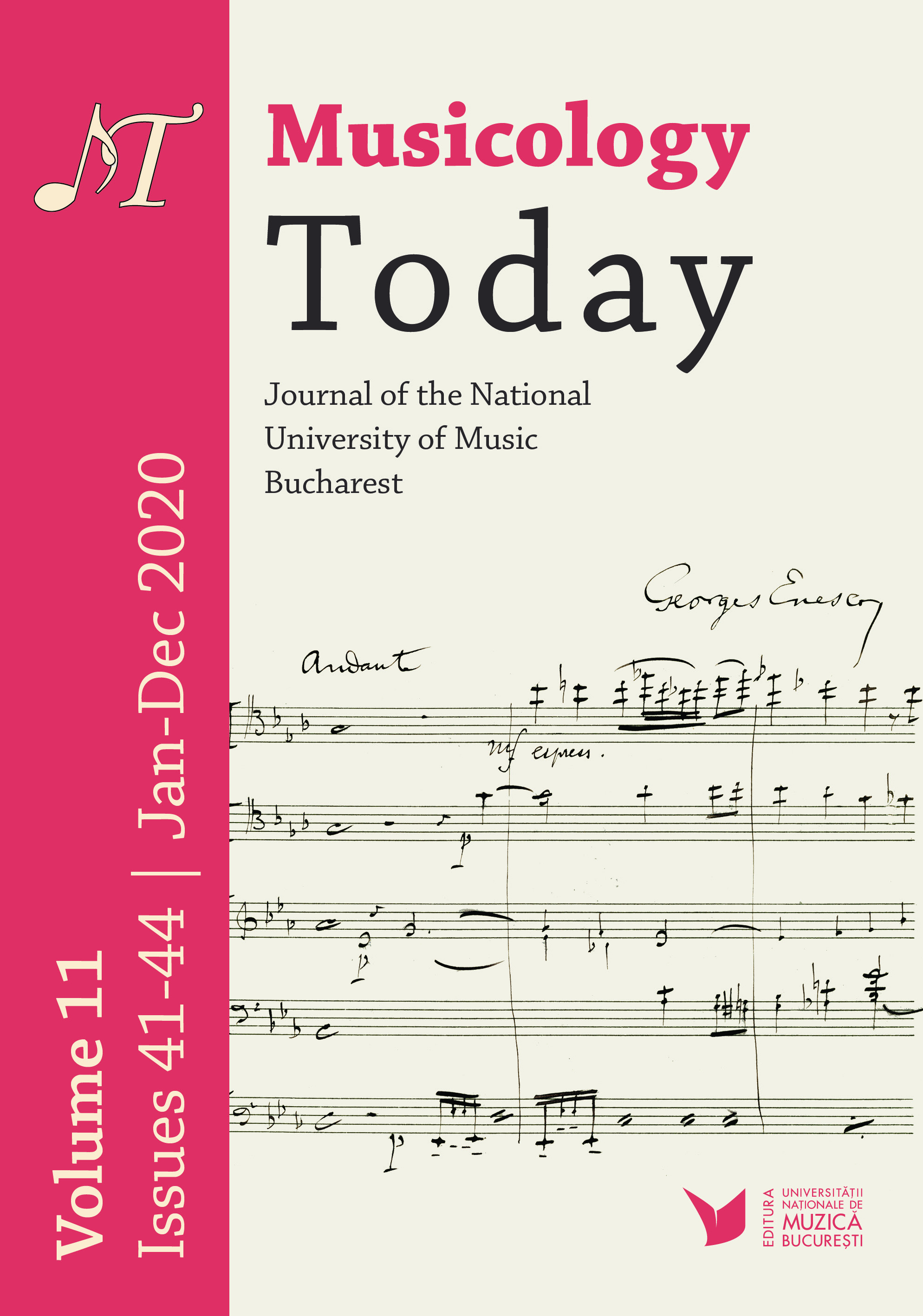Researching Musical Relations between City, Town, and Village in the Southern, Central and Northern Balkans, from the 18th to the 20th Centuries
Researching Musical Relations between City, Town, and Village in the Southern, Central and Northern Balkans, from the 18th to the 20th Centuries
Author(s): Walter Zev FeldmanSubject(s): Music, Cultural Anthropology / Ethnology
Published by: Editura Universității Naționale de Muzică din București
Keywords: ethnomusicology; Balkan nations; inter-religious musical contacts; musical “intonatsia”; Mevlevi dervishes;
Summary/Abstract: Between the two World Wars, and especially after World War II, the Balkan nations produced much solid research in ethnomusicology as well as in Byzantinology. These scholars frequently benefited from a confluence of musicological methods originating in Germany, Hungary and Russia. But usually a given of the ethnomusicological research was a predilection for documentation and analysis of the village musics and rituals of the peasant majorities of these countries, who had generally been the dominant language group of the existing nations prior to the Ottoman or Habsburg Imperial eras. But in order to gain a truer understanding of the actual musical conditions and relations in the centuries immediately preceding the modern era, it is necessary to reimagine almost all of the Balkan territories at a time when urban populations frequently spoke and wrote a language different from the surrounding villages, and sometimes also practiced a different religion. The musical implications of this abundant reality were evident in almost every region of the Balkan countries existing today. But this was by no means a uni-directional musical movement. The entire area from the Western coast of modern Turkey up to Moldova and the historically Moldavian regions of Ukraine in the North, and Bosnia in the West, were the scenes of complex and mutual musical interactions on many social levels, from the highest to the lowest. Learning how to research some of these issues is a major task confronting anyone wishing to understand the musical history of the Balkans in recent centuries.
Journal: Musicology Today: Journal of the National University of Music Bucharest
- Issue Year: 11/2020
- Issue No: 44
- Page Range: 243-257
- Page Count: 15
- Language: English

